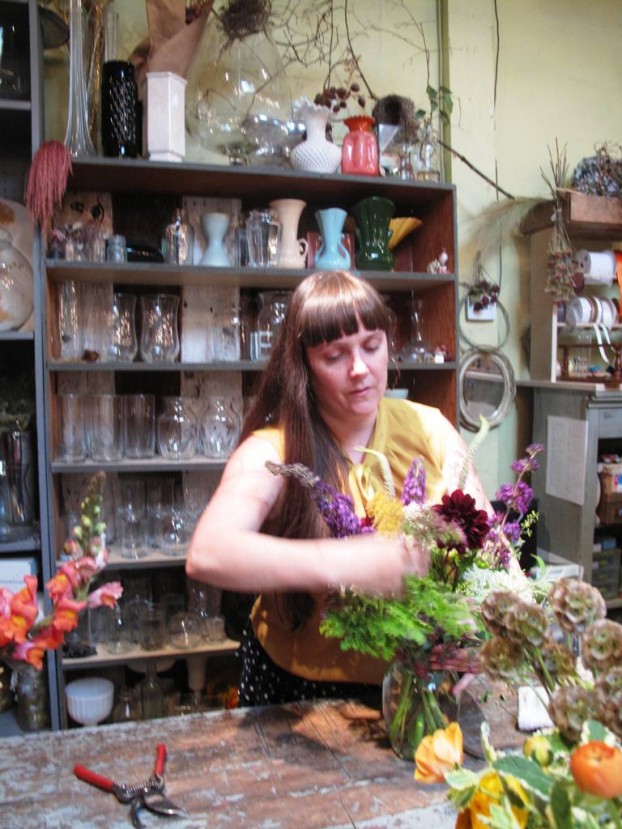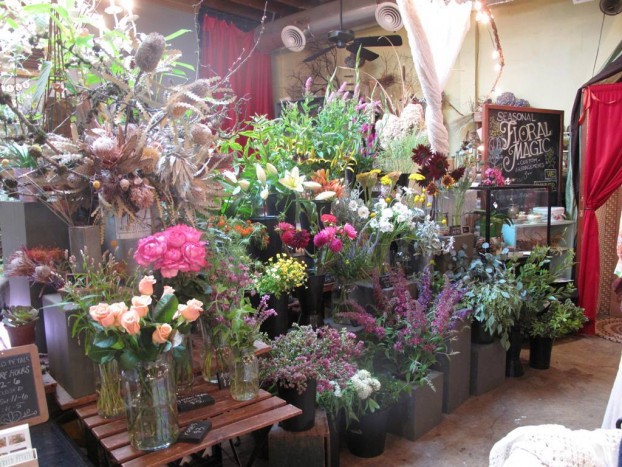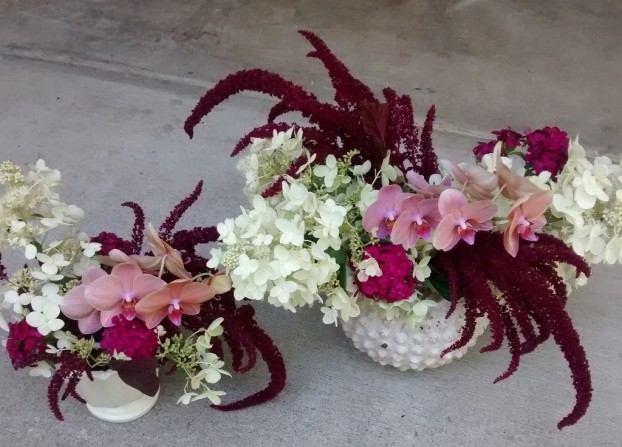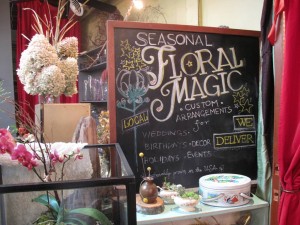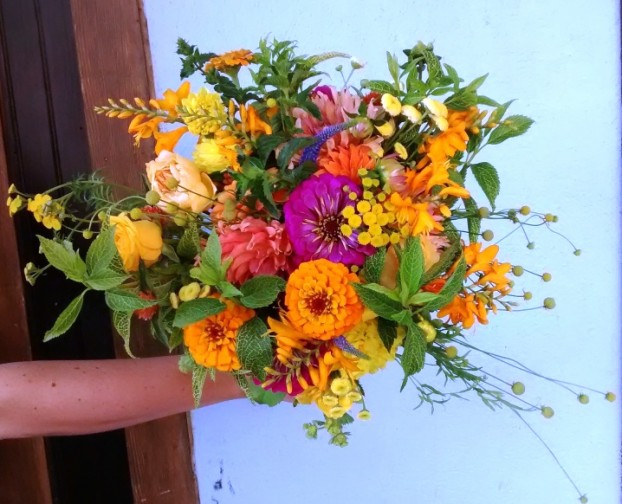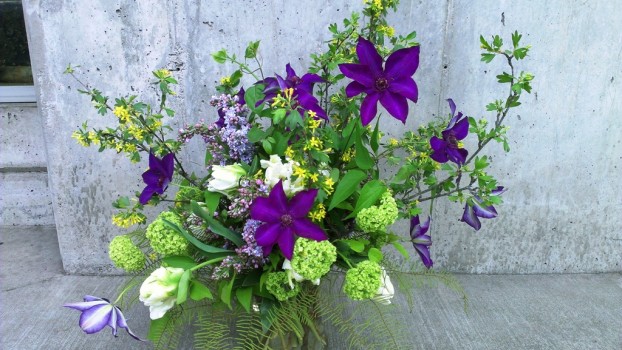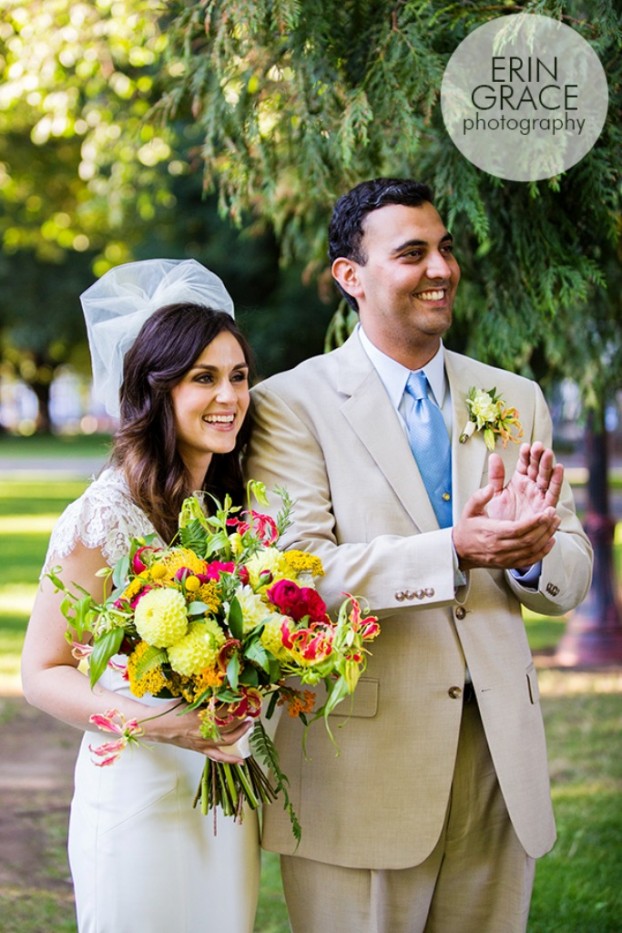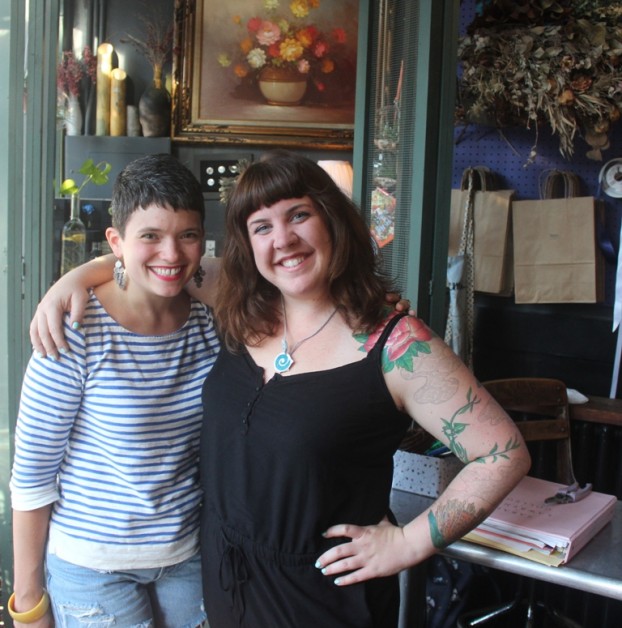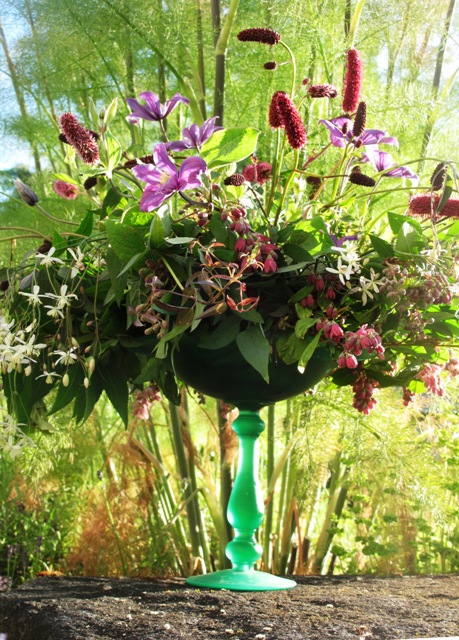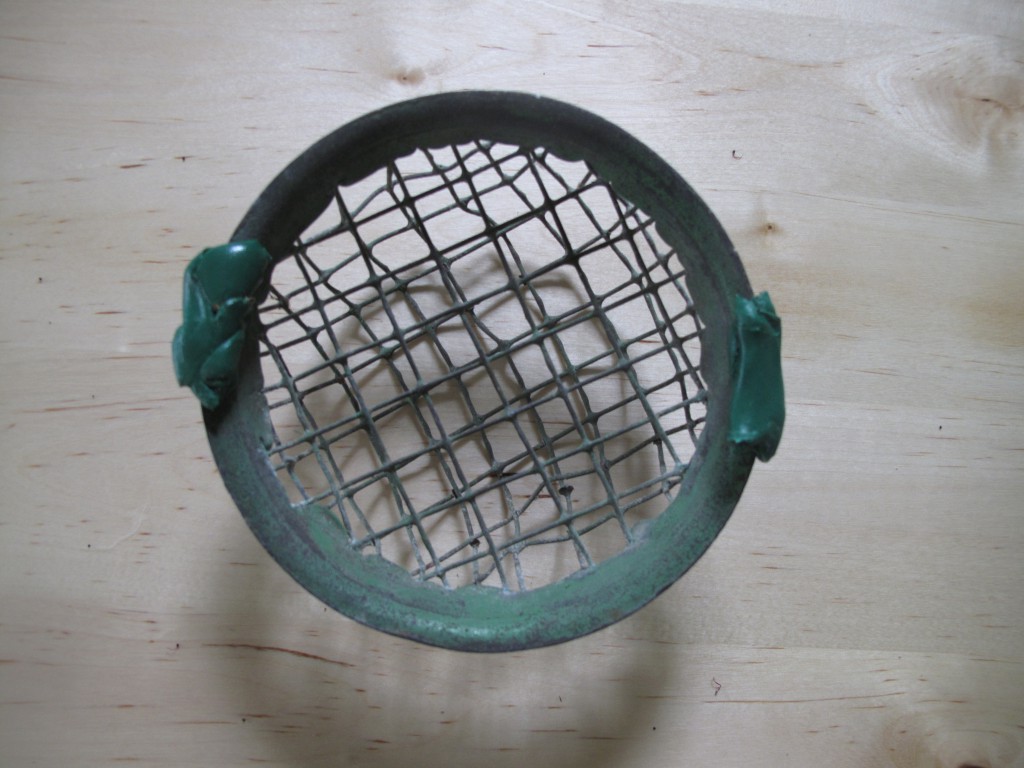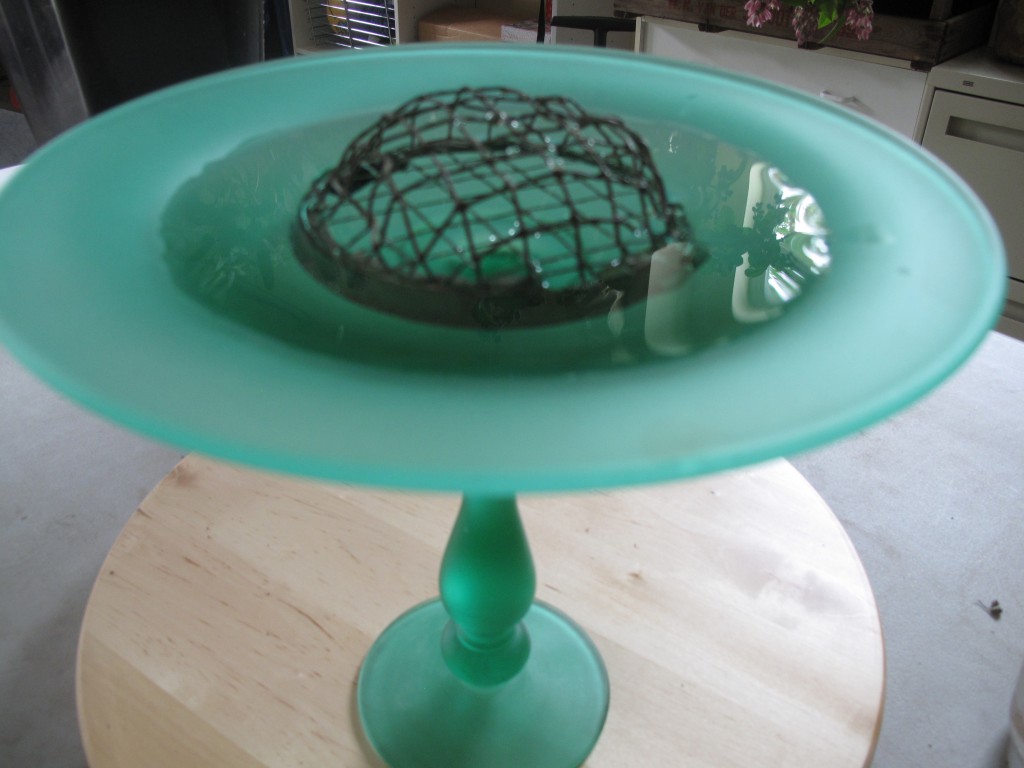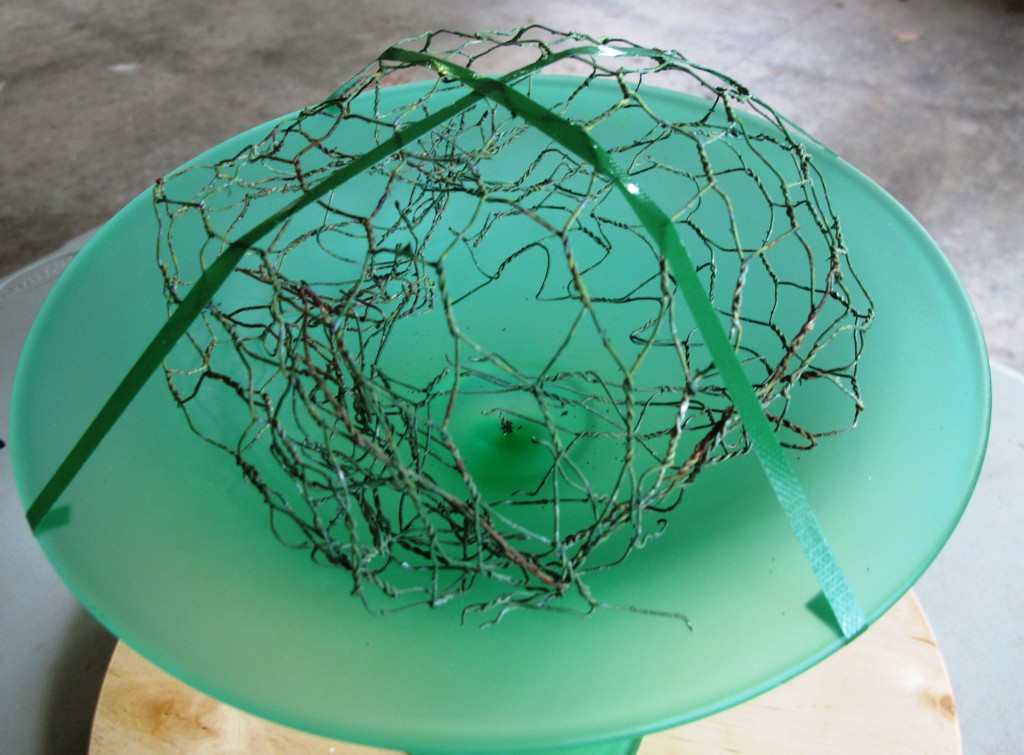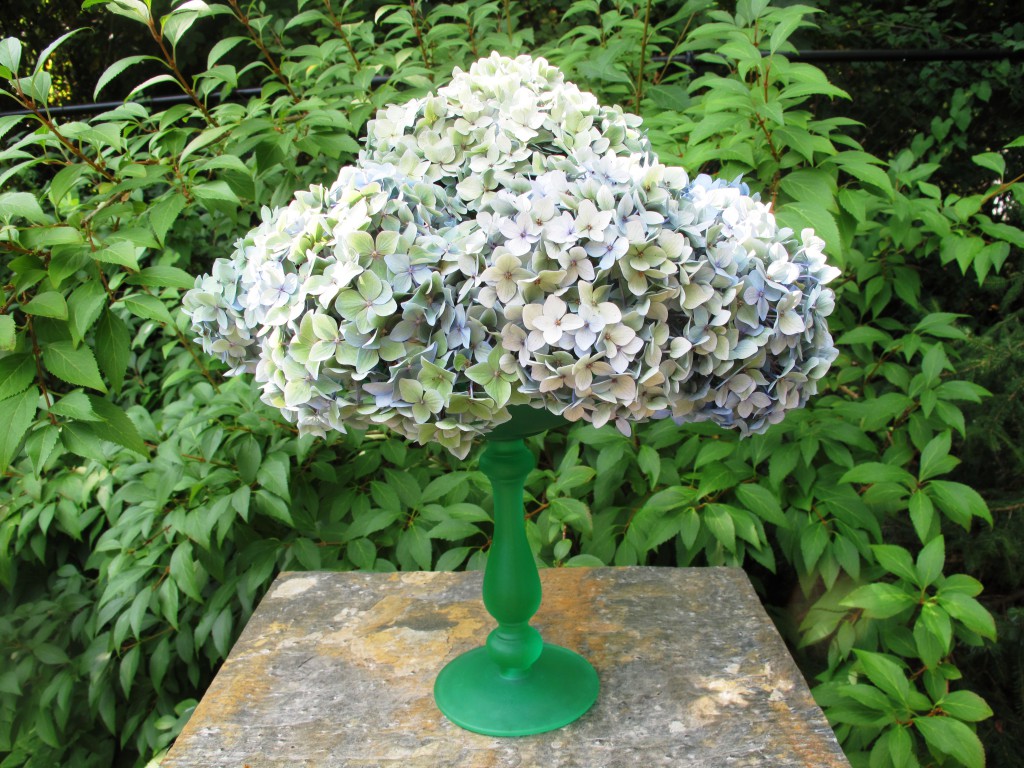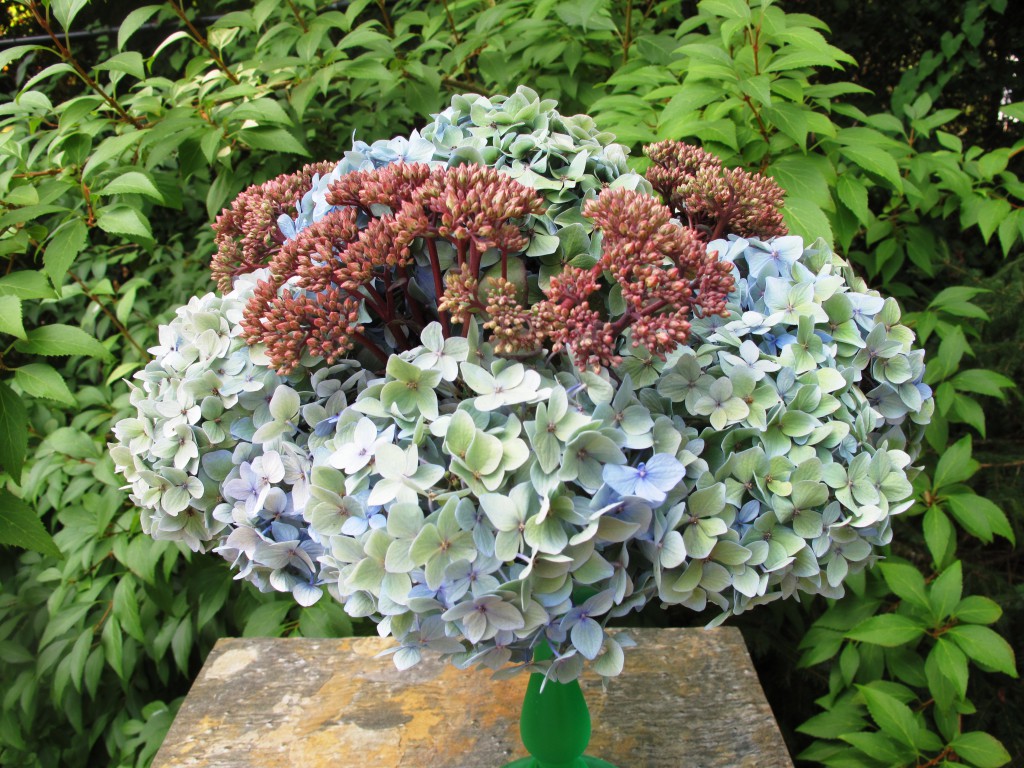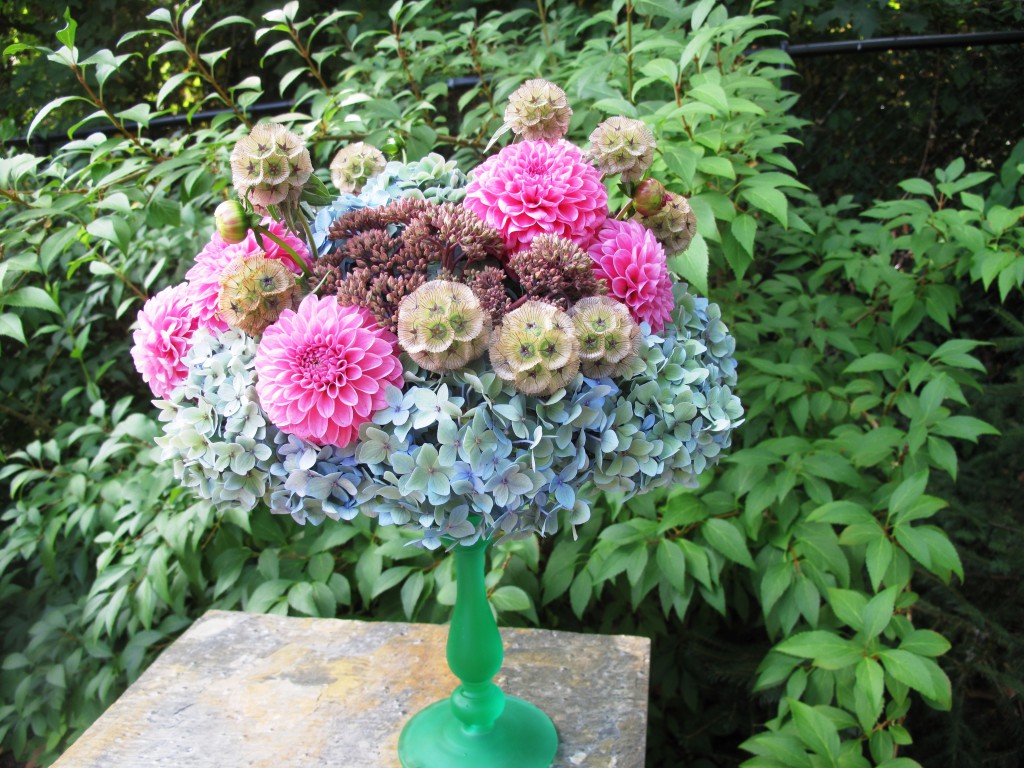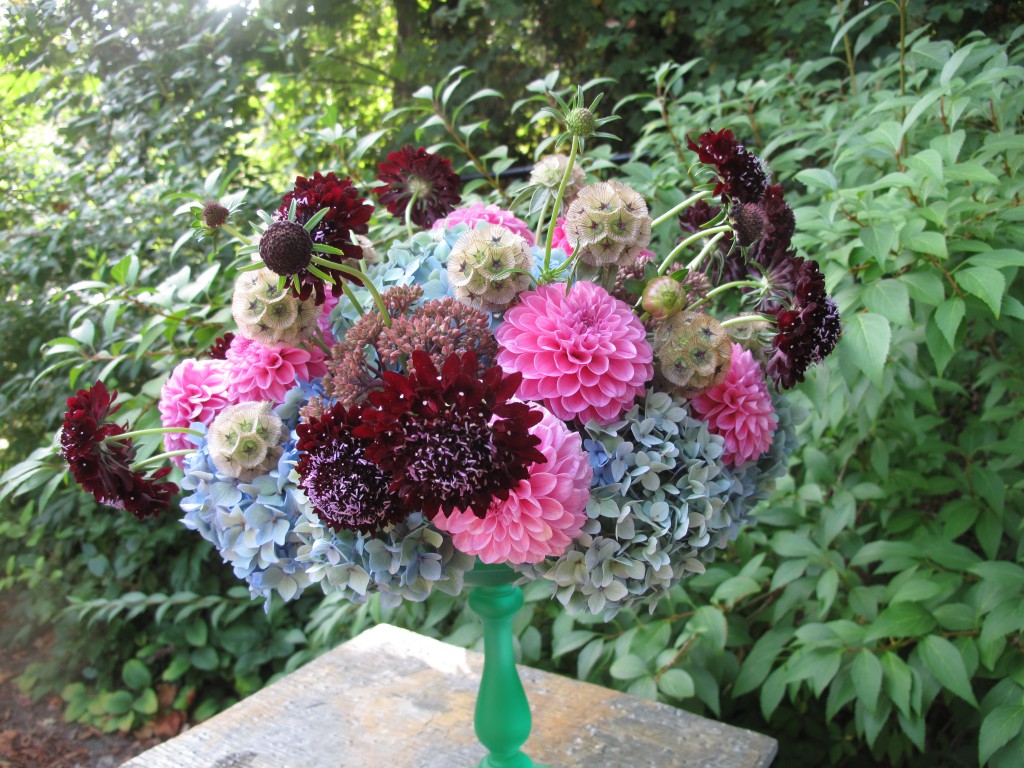Podcast: Play in new window | Download
Subscribe: Apple Podcasts | Podcast Index | RSS | More
I’m delighted to introduce you to Hilary Holmes whose Portland-based flower shop is called Emerald Petals.
Her tagline: Portland’s Eco Florist. And that’s not just a marketing slogan.
Hilary has a longtime career in the floral industry – in both New England and the Pacific Northwest, and she has operated as Emerald Petals since 2010. Through her 15 years of floral design, Hilary has nurtured a deep-rooted love for flowers.
Emerald Petals is Hilary’s playhouse, a place she created so that customers can shop for flowers from another real person. A place where she can put creative arrangements in beautiful found objects.
She appreciates the simple joys of all growing things.
It’s no surprise that she likens her floral business as a plant that she lovingly tends.
Hilary planted the seed for this little shop on Mississippi Avenue in Portland, Oregon, and is helping it grow with love and whole lot of dirt under her fingernails. Now she gets to watch it bloom.
A full service flower boutique committed to sustainable practices, with a focus on local, sustainable, and domestic flowers and botanicals, Emerald Petals offers fresh custom arrangements for everyday life, as well as flowers for special deliveries, weddings and events.
As Hilary writes on the web site:
“We truly care about the environment and what effect our footprint will have on it. We source our flowers daily from local farmers, whether they come to us or we go to the farms ourselves. We love to create textural depth using Oregon’s abundance of moss, lichen, branches, pinecones, mushrooms, berries, fruits and vegetables and whatever else we happen upon. During the off season, we also use domestic, sustainably grown product, and fair trade certified when we import from elsewhere.”
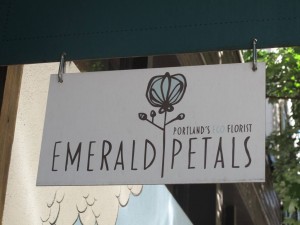 Hilary was an early supporter of the Slow Flowers Movement and Emerald Petals is a member of Slowflowers.com.
Hilary was an early supporter of the Slow Flowers Movement and Emerald Petals is a member of Slowflowers.com.
She walks the talk, down to maintaining an ever-changing collection of vintage containers and vases, as well as new containers and glass made either from recycled products and/or made in the USA. Reuse is encouraged, which appeals to a core group of customers who regularly order and rotate through Hilary’s vintage collection.
Follow Emerald Petals and Hilary Holmes at these social places:
MORE FLORAL NEWS:
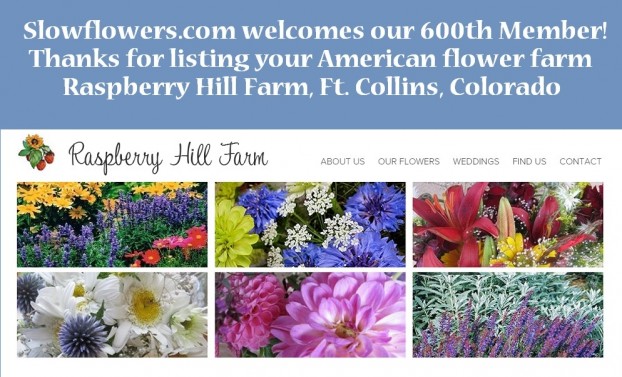 Last week I announced that our podcast exceeded 60,000 downloads. If that wasn’t news enough, this week we’re celebrating the 600th Slow Flowers Member to join the Slowflowers.com site.
Last week I announced that our podcast exceeded 60,000 downloads. If that wasn’t news enough, this week we’re celebrating the 600th Slow Flowers Member to join the Slowflowers.com site.
Please welcome Raspberry Hill Farm, a small family farm located on 14 acres in northern Colorado, just south of the Wyoming border, about 15 miles from downtown Fort Collins. Farmer-florist Kathy Hatfield specializes in growing high quality long-lasting specialty cut flowers, seasonally and sustainably grown — more than 150 different varieties, from old fashioned favorites to unique and unusual new varieties. During the growing season, the gardens at Raspberry Hill overflow with the gorgeous colors, delightful fragrances, and striking textures of our beautiful flowers. Please check them out!
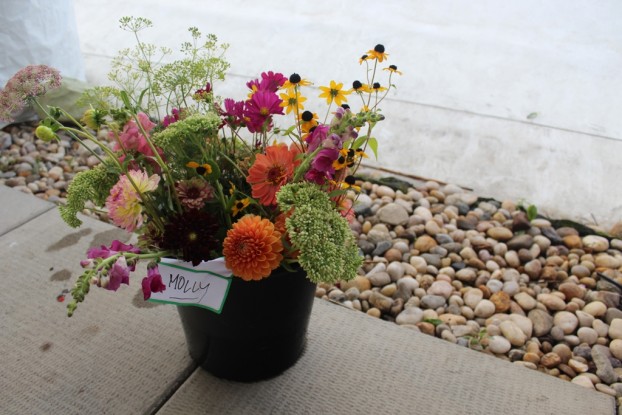
Molly sourced flowers from nine NY-NJ-Connecticut flower farms for her centerpieces at the Field to Vase Dinner.
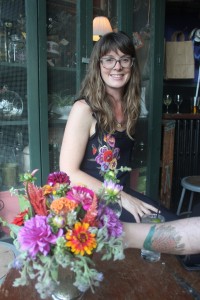
Molly, a Slow Flowers Member and leader in the world of sustainable flower farming, education and design.
This past week was filled with so many wonderful highlights, each of which represents a memory and another beautiful piece in the Slow Flowers quilt.
I spent time in Brooklyn attending and co-hosting the 5th Field to Vase Dinner at the famed Brooklyn Grange, where Slow Flowers member Molly Culver of Molly Oliver Flowers designed a dazzling tablescape using seasonal flowers and foliage harvested from nine area farms in New York, New Jersey and Connecticut.
Those arrangements symbolized so much about this conversation we’ve been having – about how essential it is to support America’s flower farmers when we also choose to support America’s food farmers.
Molly also hosted me for a personal visit to The Youth Farm in Crown Heights, Brooklyn, where she is the farm manager and director of urban farm training.
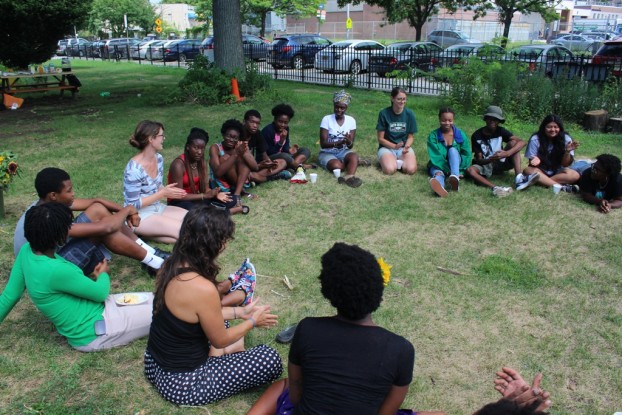
What an inspiring visit! These young people are ready to take on the world! And they care about food justice, farming, entrepreneurism and the environment.
My arrival coincided with the final gathering of the student interns, all high school juniors and seniors of the High School for Public Service. These amazing young people are the next generation of farmers — food and flower farmers — and I was so impressed with their interest in and passion for urban farming, the environment, food justice and flowers. Please visit Debraprinzing.com to check out photos of the summer students.
And finally, a shout-out to Suzanna Cameron, a new Slow Flowers member who owns Stems Brooklyn. Suzanna hosted an after-hours Slow Flowers gathering in her flower shop last Friday, which, by the way, is housed inside Sycamore Bar in Brooklyn’s Ditmas Park neighborhood. We had 15 flower farmers, florists and writers in attendance and I’m still on a high from the ideas and creative energy in that room.
More news next week, when you will hear from an illustrious guest, David Beahm. David is a rock star special events producer and florist whose work takes him from NYC to destinations around the globe. He has some big news to share and I can’t believe our good fortune to feature it on the Slow Flowers Podcast on September 2nd. Please tune in!
Until next week, you’re invited to join me in putting more American grown flowers on the table, one vase at a time. And If you like what you hear, please consider logging onto Itunes and posting a listener review. THANK YOU to each and every one of you for downloading, listening, commenting and sharing. It means so much.
The content and opinions expressed here are either mine alone or those of my guests alone, independent of any podcast sponsor or other person, company or organization.
The Slow Flowers Podcast is engineered and edited by Andrew Wheatley and Hannah Holtgeerts. Learn more about their work at shellandtree.com.
Music credits:









